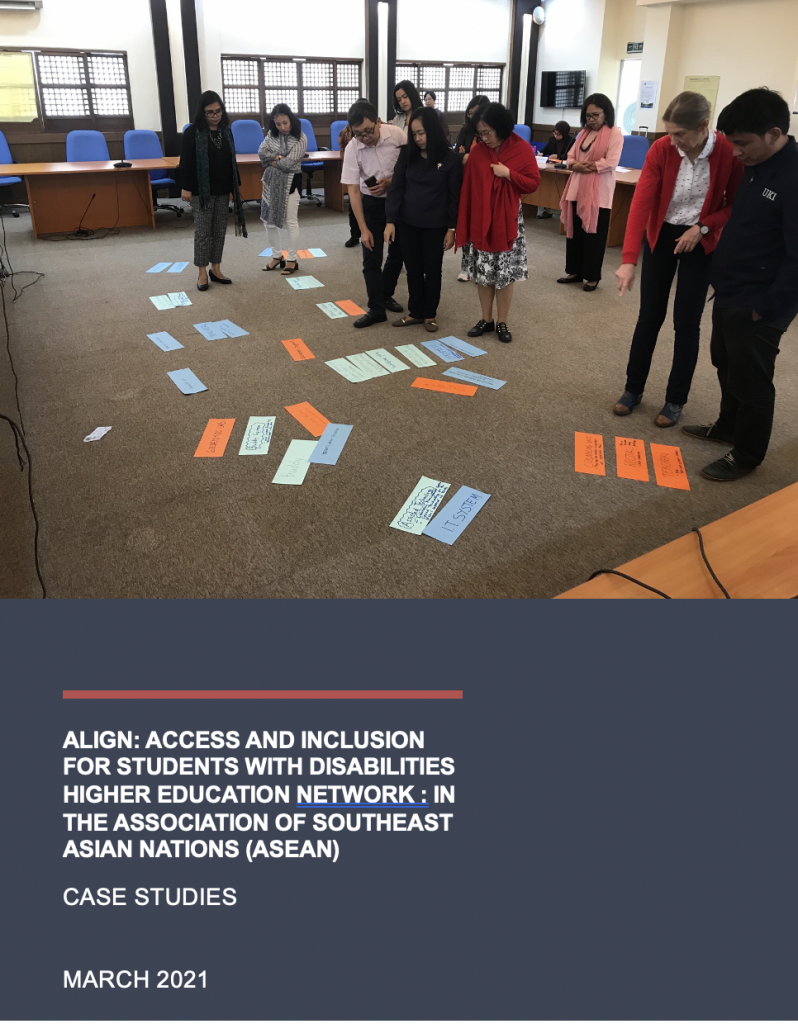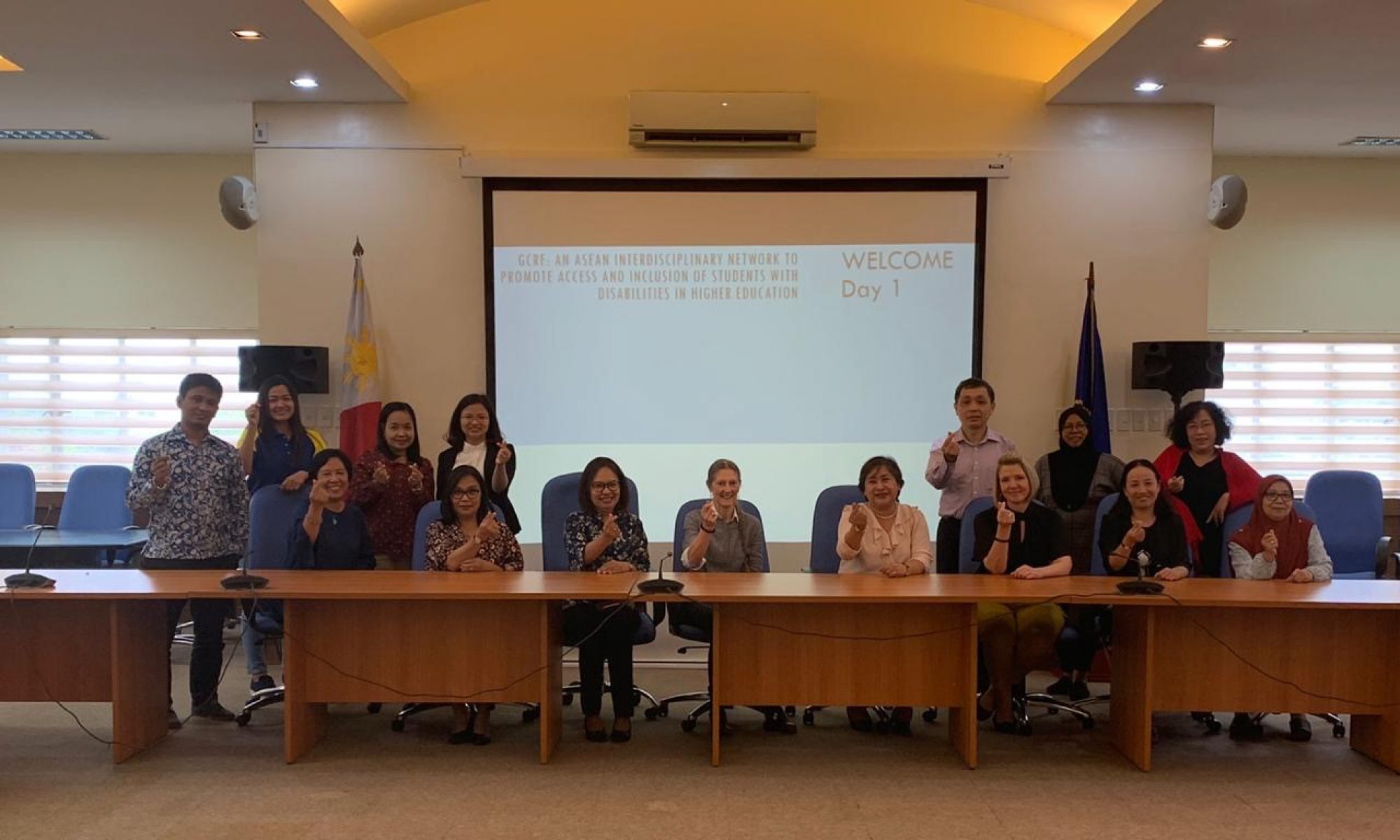Each University partner in the network has created a case study to showcase their institution, what support is available to students with disabilities (SWD), and what the current challenges are. These can be found in our case study report.
The consolidated challenges for the region include:
- Disclosure of disability: There is a general reliance on students disclosing disabilities at enrolment stage, or dependence on a diagnosis pre higher education entry.
- Screening tools: Tools described are more commonly used for physical disability. This could be a problem for some students who find it challenging to self-declare, or do not realise that they have a condition upon entering a programme of study,
- Awareness and training: Lack of general awareness on the challenges and opportunities for students with disabilities (SWD), particularly in unseen disabilities such as neurodiverse conditions. There is an opportunity for capacity building amongst teachers, support staff, parents and students in the ASEAN region.
- Funding: Lack of specific funding programmes and scholarships to fund support for SWD (for example assistive technologies).
- Assessment strategies: There is a variation of different assessment strategies available to SWD. Most commonly, extra time is given for assessment, though other assessment adaptations are not evident.
- Support services: Although some support services exist, and there are good models in place (i.e. buddy systems), there is a reliance on peers to take notes for SWD, or to help them physically move between classes.
- Exclusion on programmes: Some SWD are excluded from entering certain programmes of study. The rationale for this is unclear and needs further investigation.
- Definition: The definition of disability should be considered jointly, with a charter or a pledge on how institutions are moving towards improvements and developments.
- Approaches: There is the potential for capacity building to reduce some of the individual approaches to supporting SWD to make them more consistent and systemic.


